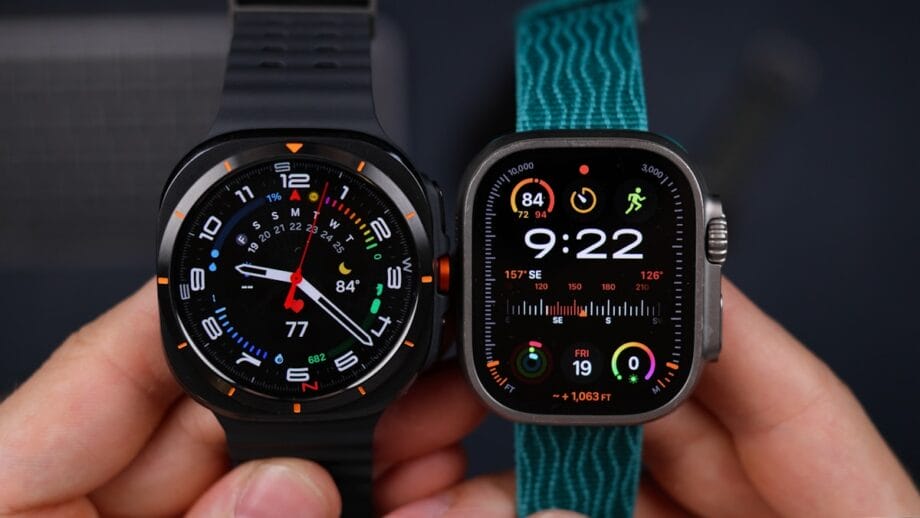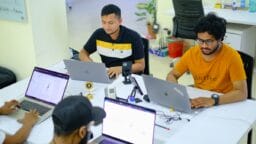The Perils of Occupational Burnout: A Growing Concern Among Professionals
The pervasive sentiment of feeling overwhelmed, fatigued, and emotionally depleted due to work is becoming alarmingly prevalent within the American labor force. Recently published survey findings reveal that nearly two-thirds of employees reported experiencing job burnout.
U.S. physicians are no exception; a national study conducted in 2022 disclosed that 63% of these medical professionals encounter burnout.
This alarming trend has galvanized researchers, including Dr. Lotte Dyrbye, esteemed Senior Associate Dean for Faculty Well-Being at the University of Colorado Anschutz School of Medicine, to explore mechanisms for alleviating burnout and reforming workplace structures to preempt it entirely.
In her latest research endeavor, Dyrbye and her team investigated whether the utilization of smartwatches could mitigate burnout among physicians. The outcome is decidedly optimistic—those who donned smartwatches exhibited reduced burnout levels and elevated resilience scores at the six-month evaluation point. These findings may extend relevance to professionals in other high-pressure occupations.
“When evaluating predictors of burnout among a diverse collective of workers, it becomes evident that occupational roles are secondary to the overarching reality: longevity in work correlates with heightened burnout risk,” Dyrbye articulates.
Smartwatches, which monitor various health metrics, might serve as a vital component in combating occupational burnout.
Understanding Burnout’s Impact
The World Health Organization delineates burnout as an occupational phenomenon, rather than a medical ailment, yet its ramifications on mental and physical well-being are profound.
Individuals may grapple with chronic feelings of depletion stemming from unmanaged workplace stress. Symptoms can also materialize physically, including muscle pain, headaches, diminished immune function, and disrupted sleep patterns.
“Our exploration of burnout commenced around 25 years ago with medical students and has since evidenced that the issue is widespread across all health care workers,” says Dyrbye.
Ongoing studies have illuminated the significant consequences of burnout on patient health outcomes. Dyrbye notes that physician burnout can independently forecast an ICU patient’s prognosis, hospital-acquired infections, and critical medical errors.
Furthermore, burnout leads to complications in healthcare accessibility. “Burned-out clinicians are inclined to reduce patient care time and are more prone to resign. Consequently, an organizational turnover results in fewer patients being attended to, complicating care availability,” Dyrbye explains.
This predicament is mirrored in various sectors; for instance, police officers experiencing burnout have been found to exhibit elevated rates of excessive force, while chronically stressed educators are linked to diminished student academic performance.
Dyrbye asserts that a common thread unifying these professions is a dissonance between demands and available resources.
“For physicians, this may manifest as an overwhelming patient load or excessive communication demands. The lack of an optimized system exacerbates the workload and extends work hours,” she notes.
Research underscores that work hours are pivotal drivers of burnout, alongside considerations of available resources.
“High job resources—including adequate staffing, robust leadership, and workplace flexibility—can help withstand considerable workloads,” Dyrbye adds.
Recognizing that employees cannot always modify these job aspects, it becomes imperative to explore alternative strategies for stress management, where smartwatches may play a transformative role.
Monitoring Burnout Symptoms
“If workplace demands eclipse available resources, burnout ensues, but individual factors play a significant role,” says Dyrbye.
“If one enjoys restful sleep and maintains fulfilling home relationships, they can often resist workplace stress more effectively.”
Current research highlights sleep quality and physical activity levels as relevant factors influencing burnout.
Additional studies suggest that smartwatches can aid in cultivating these beneficial habits. Therefore, integrating smartwatch usage seemed a logical progression in understanding its potential to reduce burnout.
The randomized clinical trial, published in JAMA Network Open, enrolled 184 medical practitioners, randomly assigning them into two groups—one receiving smartwatches immediately, the other six months later. Participants completed electronic surveys at various intervals throughout the study.

Results indicated that participants who utilized smartwatches reported diminished burnout and enhanced resilience scores after six months, signaling encouraging findings for Dyrbye and her research team. Future inquiries now beckon.
The specific individual behaviors altered through smartwatch usage remain uncertain, as does the potential of biometric data to forecast impending burnout.
“The prospect of having an app or AI-assisted technology that alerts individuals about a trajectory towards burnout is virtually limitless,” muses Dyrbye. “The avenues for research in this domain are expansive.”
While this exploration predominantly targets physicians, the findings hold promise for application across various high-stress professions.
“Enhancing sleep quality or increasing physical activity is universally beneficial,” she concludes.
“Considering the cost-effectiveness of smartwatches today, they present a viable option for those experiencing common burnout symptoms.”
Source link: News.cuanschutz.edu.






